Great Stone Project 2022 :
The Calmac ferry brought me to Castlebay from Oban on 17th June 2022.
I had taken the opportunity to undertake some reading, especially around landscapes and their interpretation, particularly the phenomenology of landscape. Although there were no stone circles on Barra and Vatersay, its sister island now connected by a causeway, stone was still predominant. In fact stone formed one pivotal part of a triangular relationship between the natural elements of light, water and the enduring rocky landscape. I was to learn that the interplay between these elements on the Western Isles provided a compelling sensual experience.
The fourth and most recent component was its inhabitants, its peoples, and the contribution that generations of families had brought to the firmament. I had little time; how to sensitively and imaginatively portray lifestyle and cultural aspects within this dynamic of an unchanging yet poetic landscape?
My reading had suggested that the philosophical concept of Phenomenology could help me, particularly ideas around the phenomenology of landscape . Allying the past with the present and seeking to understand and portray a cumulative association of antiquity with a living and enduring landscape provides context and affirmation for both. The archaeological and anthropological concept of ‘material culture’, the ‘ corporeal, tangible objects created, used, kept, and left behind by people’, all encouched within Western Isles’ unique combination of light, water and stone, provided me with all that I needed to try to create a ‘living landscape’. In this construction, people and their belief systems, from the past and the present , can be both imagined and interpreted. It may also be perceived that contemporary and ancient cultures can live co-terminously within this dimension; as in other culturally and spiritually rich world wide environments.
A Phenomenology of Landscape, by Professor Richard Tilley, provides one of the influences for my attempting to join aspects of antiquity with the present. My readings and experiences in portraying culture by photography provides the other foundations.
The clearest example of a debate over the usefulness of phenomenology to the investigation of material culture can be found in relation to recent experiential studies of landscape and monumentality, which are primarily archaeological in their subject matter …….. The principal inspiration for this burst of activity has been Christopher Tilley’s A Phenomenology of Landscape (1994). In this work Tilley’s arguments are informed by ethnography at least as much as by phenomenological philosophy, but the two strands harmonise to the extent that they both cast doubt on the universality of contemporary western conceptions of space and place. A survey of the anthropological literature reveals that for many non-western societies supernatural powers and ancestral presences are immanent in the landscape, and are implicated in the way that people understand their own place in the life-world. Particular landmarks are often identified as places of ancestral or metaphysical influence, and these may serve as reminders of the past which serve to stabilise contemporary identities and social relationships. On this basis, Tilley argues that there is every reason to suppose that the prehistoric communities of Britain also understood the landscapes that they frequented to be inherently meaningful and filled with spiritual power……..
If we have allowed ourselves to think of prehistoric monuments and dwellings as dots on maps, or at best as brief ‘heritage experiences’ sandwiched between car journeys, we should learn to encounter them differently by approaching them in the course of an extensive walk through the countryside. Tilley explicitly states that this focus on the site as we experience it within the broader landscape is not intended as a form of empathy, which might try to share the thoughts and feelings of prehistoric people. It is simply that by using our own body as a means of addressing a megalithic tomb or a standing stone and establishing relationships between structure and topography, we generate an understanding in the present which stands as an analogy or allegory for those of the past……… Our experience of the monument in its modern landscape is informed by an entirely different cultural tradition from that of past people, and moreover the land itself has altered irrevocably over the past six thousand years. The landscape is itself a record of generations of human activity, which have added field boundaries, houses, roads and telegraph poles to its surface. Yet Tilley argues that there is still something about the land that remains stable over time:
“The skin of the land has gone for good, and can only be partially recovered through the most diligent of scientific analyses; but not its shape. The bones of the land – the mountains, hills, rocks and valleys, escarpments and ridges – have remained substantially the same since the Mesolithic, and can still be observed “
………..Phenomenology developed out of an imperative to secure western science by ascertaining the precise relationship between consciousness and the material world. Yet the recognition that science is secondary to or derived from the structures of human existence that phenomenology revealed had profound consequences………What distinguishes phenomenology, however, is a desire to see the everyday as an appropriate location for attending to the deepest of existential questions. A meditation on a discarded shoe can lead into a questioning of the nature of art, and so on. This is because the tradition refuses to separate philosophical knowledge from the world of things, while viewing thinking as an embodied practice, and sees no observation, however mundane, as immune from an unending critique. Phenomenology consequentially has an invaluable contribution to make to the investigation of material culture, but it must do this without relinquishing its critical spirit……..
Finally, a keystone of the phenomenological approach is the understanding that the subjective’ aspects of experience are not superficial elements constructed on the bedrock of an invariant materiality, but are the means through which the material world reveals itself to us. It might therefore be instructive to consider the question of the variable ways in which the (presumably culturally constructed) moods, attunements and emotional states of people in a variety of contexts disclose their material surroundings and conditions to them.
Phenomenology and Material Culture ( a chapter from the book Handbook of Material Culture )
Professor Julian Thomas
Faculty of Humanities, School of Arts, Histories and Cultures, University of Manchester
Here are some of my first photographs attempting to portray the ‘material culture’ of the islands in its widest sense to incorporate features not only of occupation but also of the natural landscape itself. Can one be extricated from the other?
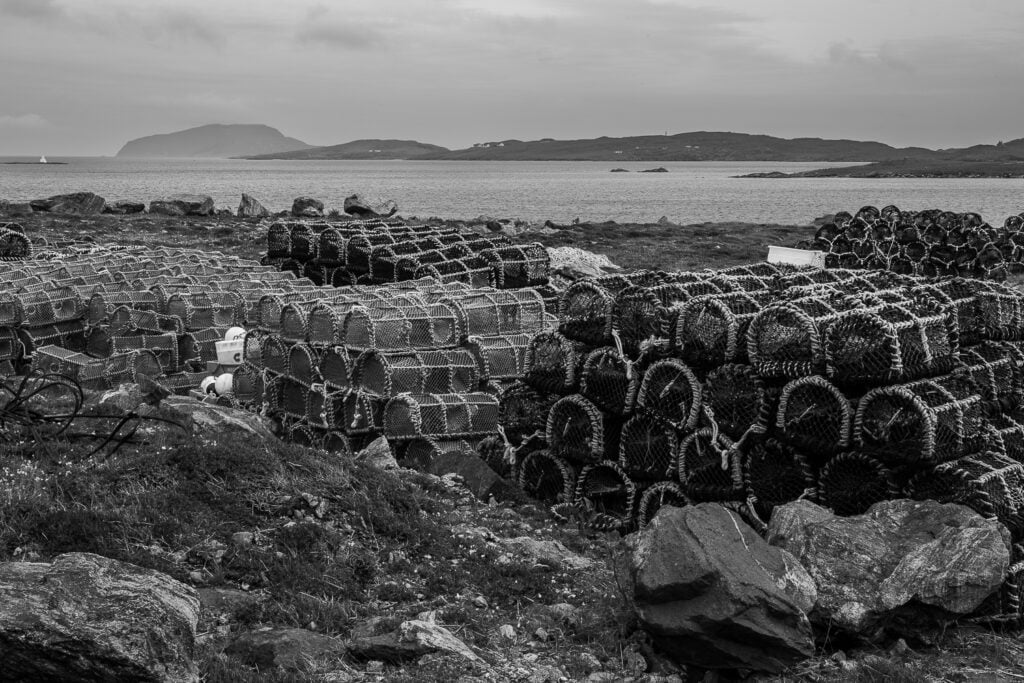
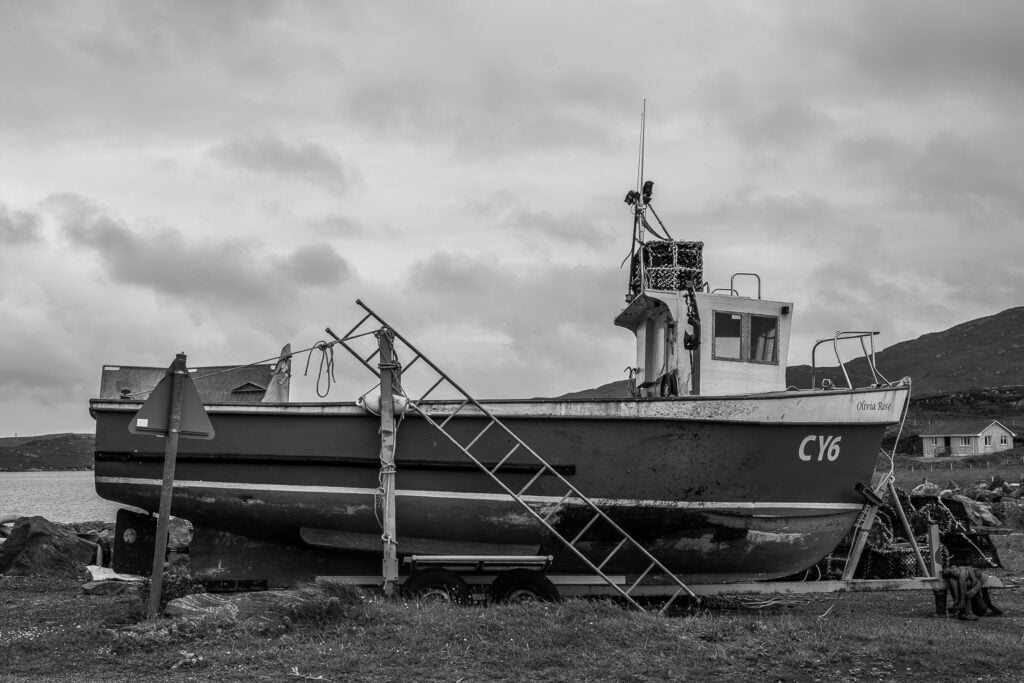
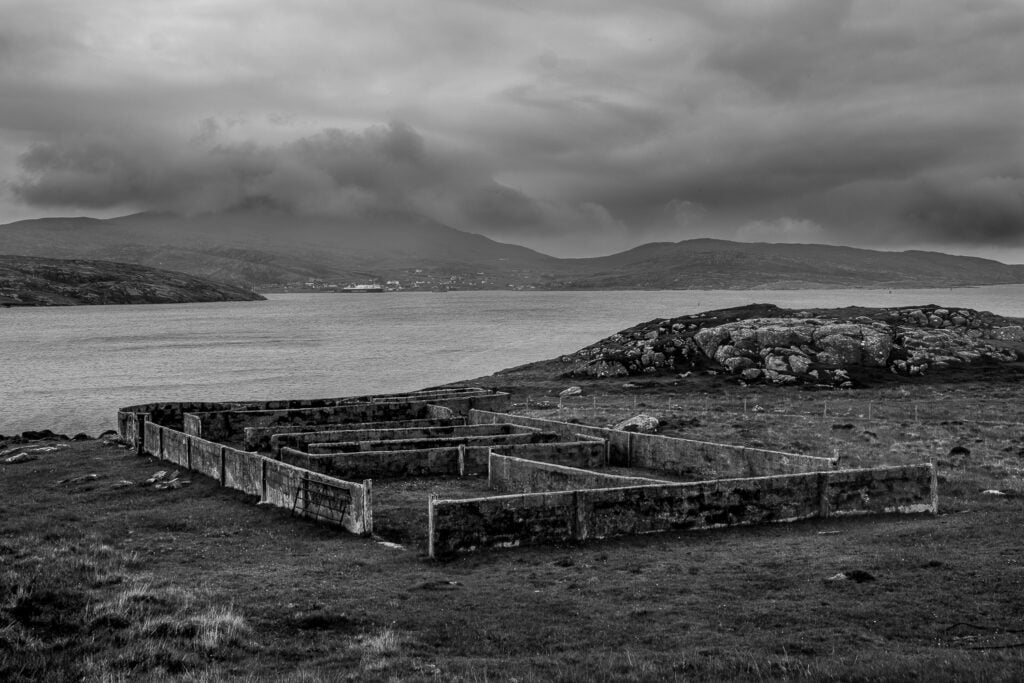


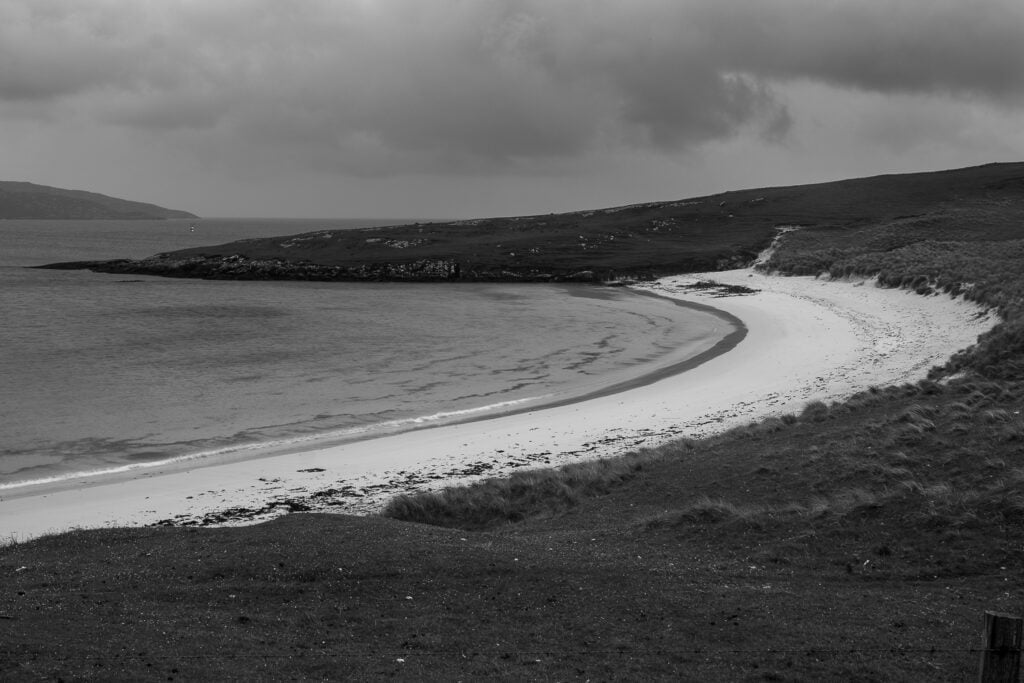


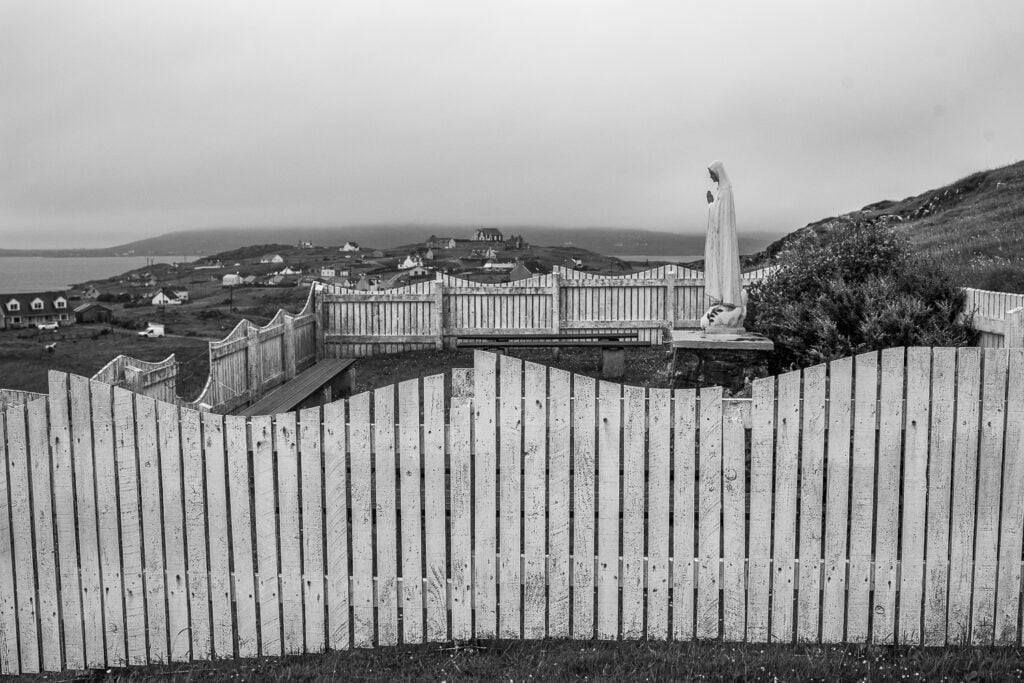
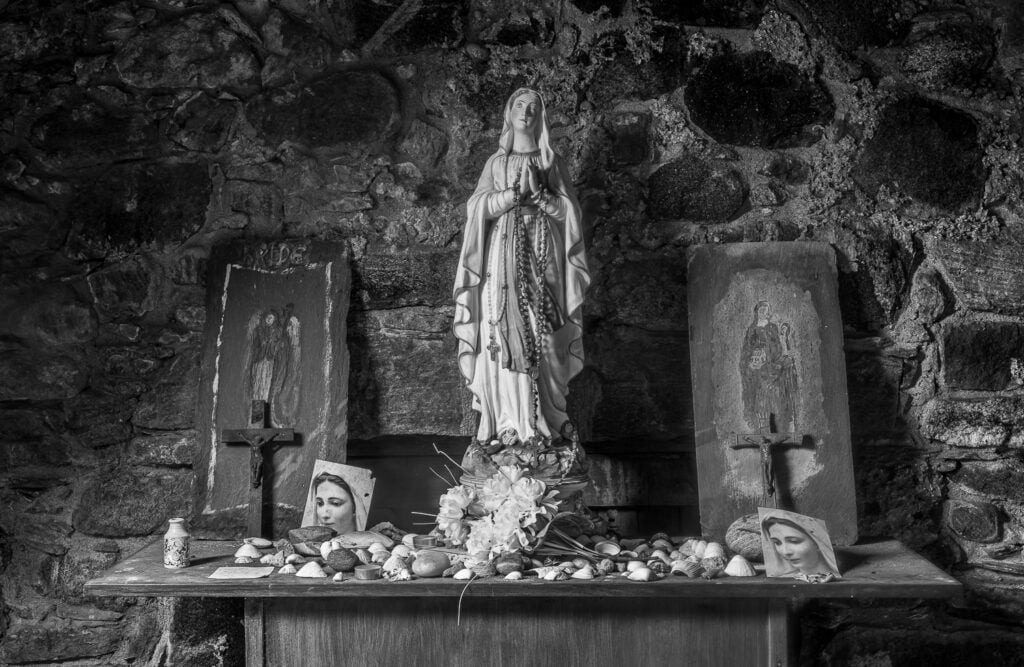

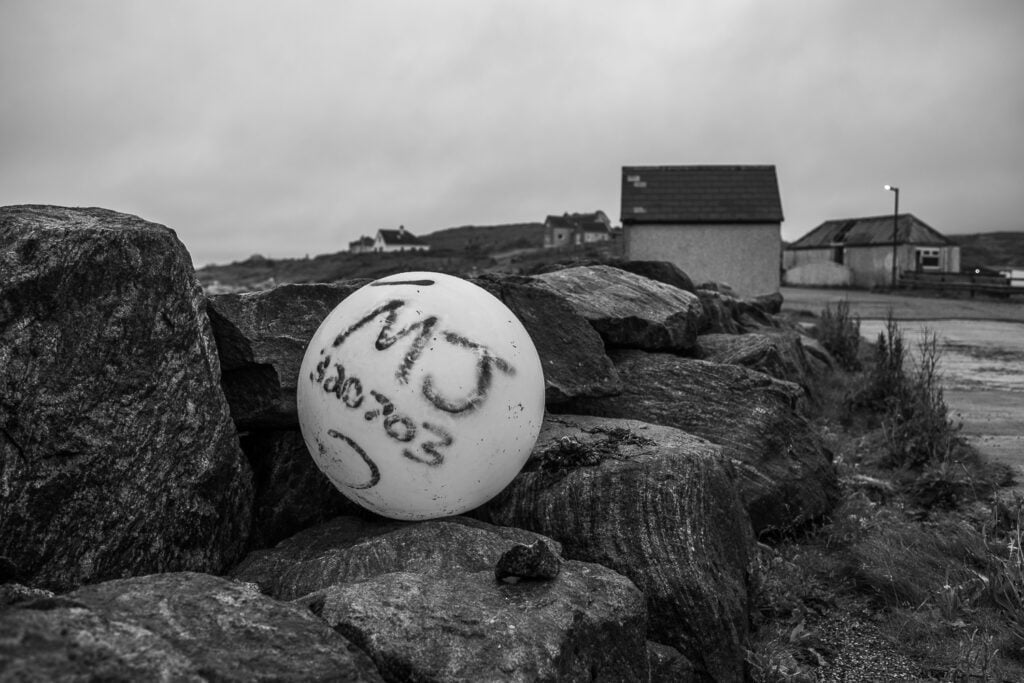
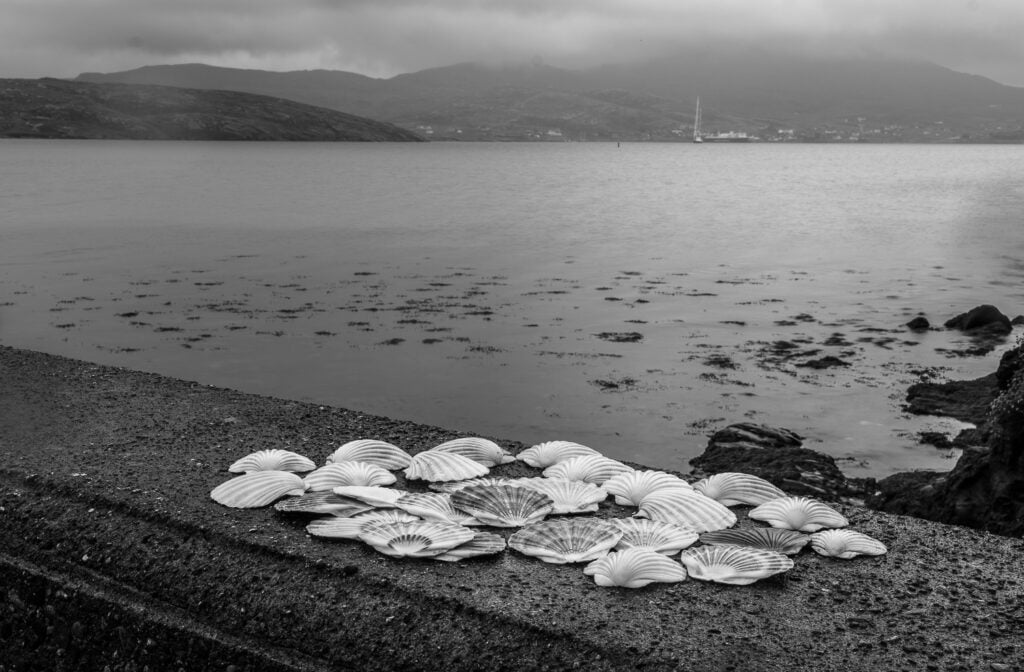 Great Stone Priject 2022 :
Great Stone Priject 2022 :